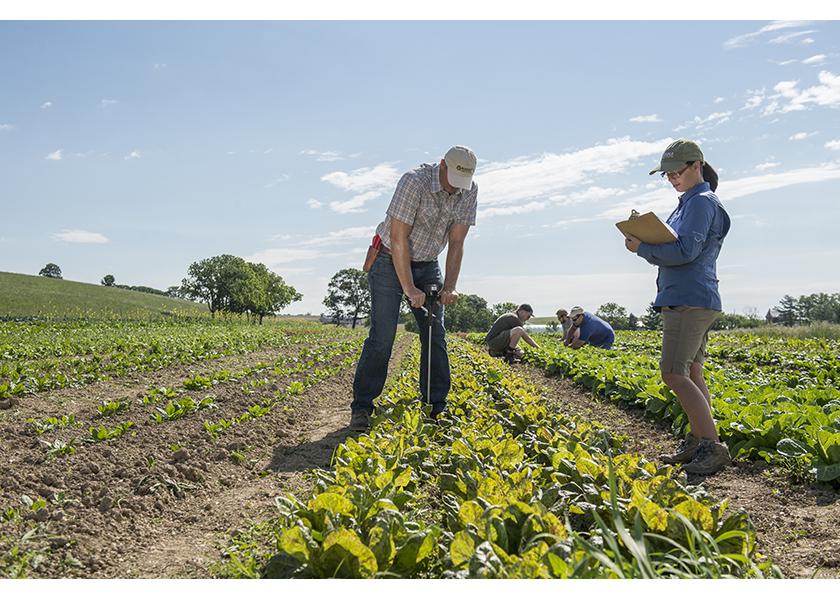House Reps Push for Seed Tech and Autonomy in 2024 Budget

In hopes of solidifying American ag’s competitive role in global market, 27 House members signed a letter to the White House on Thursday, stressing the importance of ag research investments in the 2024 budget.
The 2018 Farm Bill authorized the Agriculture Advanced Research and Development Authority (AgARDA) at $50 million a year. However, data from the Economic Research Service shows ag research funding has declined by one-third since 2002.
Read more: Corn Seedling Diseases Don't Seem Dramatic, But The Yield Losses they Cause Sure Are
Of their biggest ag research concerns, the representatives site:
• Seed technology
• Plant resilience
• Autonomy
• Safer pesticides
“It is important ag research receive funding increases to meet the evolving needs of farmers from a shortage of labor to a changing climate,” said the representatives. “Investing in research now will ensure the U.S. is prepared to continue providing food for both our nation and the world.”
Read more: John Phipps: What the Crisis in Ukraine is Revealing About the Essential Use of Satellites
A study conducted by the Congressional Research Service found that between 1990 to 2011, every $1 of public agriculture research and development spending resulted in $20 in benefits for the US economy over a 20-year period.
To keep the investments flowing, representatives outlined key services that they would like to see get a spot in the 2024 budget:
1. Publicly funded research
2. University programs
3. USDA—Ag Research Service (ARS), Economic Research Service (ERS) and the National Ag Statistics Service (NASS)
“ARS facilities across the country have deferred needed maintenance to a lack of money and are using out of date equipment,” the House members said. “When it comes to ensuring the quality and safety of researching the food we eat, we should not be sparing expenses.”
If funding levels continue their downward trend, according to the representatives, ag scientists’ breakthroughs will be “hamstringed” for many years to come.







